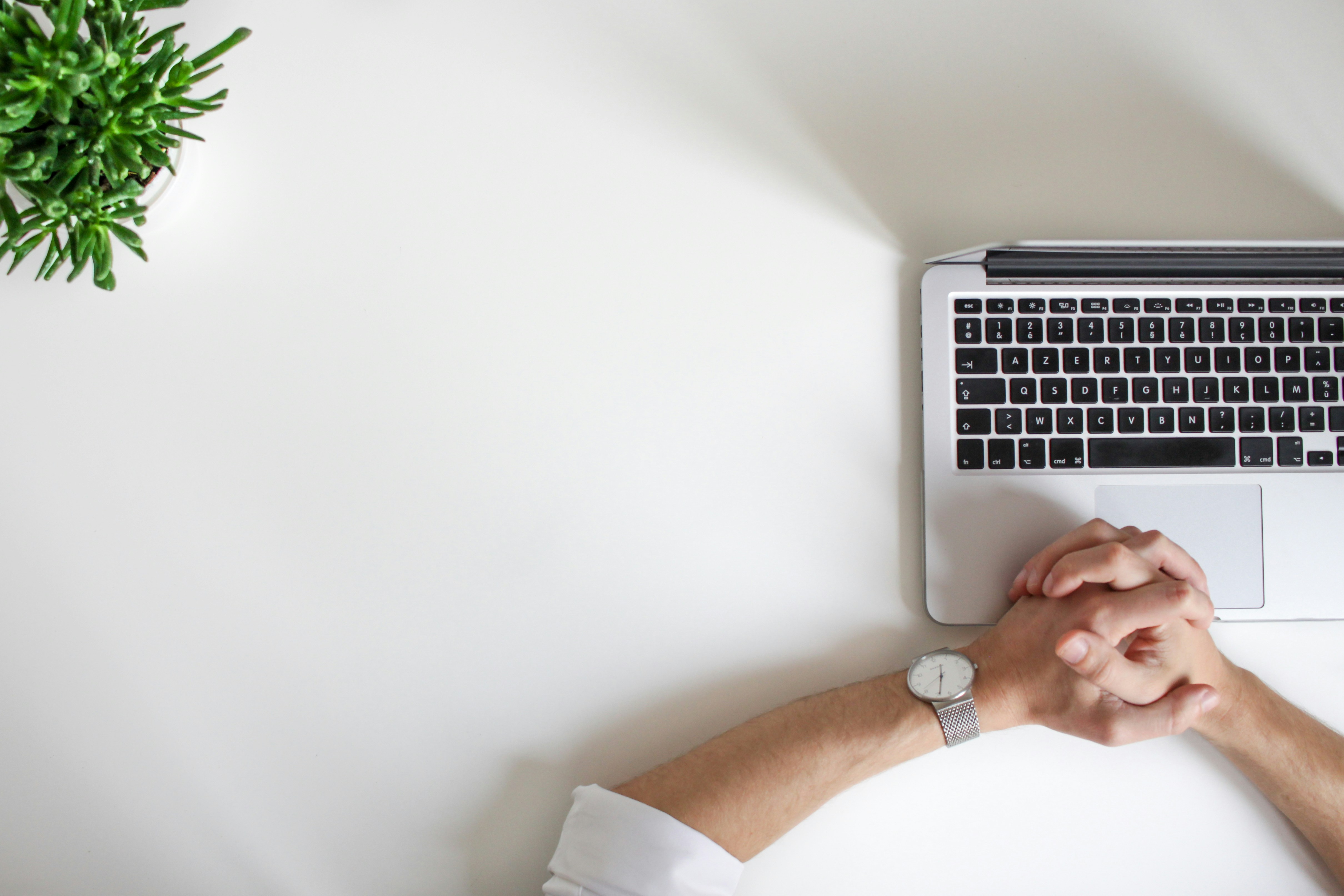
Our services
Our all-in-one approach allows us to handle all your communication needs through one dedicated team, ensuring efficiency and a fully integrated service.
Our services
Our approach
Our areas of expertise
As one of the largest independent agencies focused on the built environment, we offer access to a range of specialists steeped in experience around planning communications in London, planning communications across regions outside of London and strategic communications spanning political counsel and reputation management – ultimately helping our clients to reduce planning risk, reach important audiences and protect and enhance their reputation.

Our commitment
We build solutions to drive results
With our proven track record, collaborative approach, and commitment to excellence, we are uniquely positioned to help you overcome challenges, seize opportunities.














